#2 Mount Everest Expedition - How did I train for the Everest Expedition?
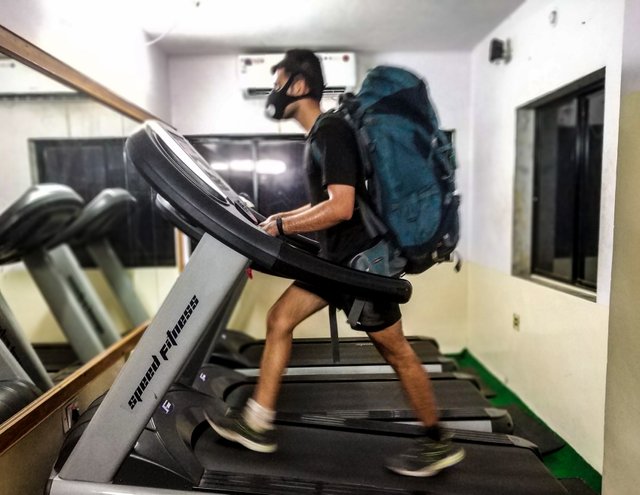
There is a saying in mountaineering that ‘To reach to the top of the world, you need a top of the world mind and top of the world body’. Mount Everest is undoubtedly the greatest of human challenge and achievement and to be able to go about Everest Expedition safely and successfully, you need a perfect body, mind, emotions and life energy balance. If any of these is in imbalance, you are in for a disaster. This blog is for everyone who asks me how to prepare for Mount Everest. One thing to keep in mind is to not blindly follow what I did. You have to understand your body, mind, your situation and then see what works for you. So let’s get started.
Over the years as my passion for mountains grew, I started reading a lot of books, started watching a lot of documentaries, spoke to a lot of mountaineers and slowly my understanding and knowledge of this field increased. Be it mountains or fitness, I started to understand the game better as I completely immersed myself into it. One particular book that changed my outlook towards mountaineering fitness is ‘Training for the new alpinism’ by Steve House and Scott Johnson. This book talks about all aspects of training for mountaineering and alpinism in a very detailed and understandable manner. For all mountaineering enthusiast looking to work on their fitness, make this your holy book!
The training for mountaineering can be divided in 4 major categories;
- Endurance and stamina
- Muscle endurance and strength
- Mental training.
- Diet.
The best training for mountaineering is to be in the mountains. There is no question about it. The more time you spend in the mountains, the better your performance in mountaineering will be. That being said, I know many mountaineers who live at sea level all their life and climb 8000 meter mountains every year. So don’t worry if you don’t have mountains around you, but access to the mountains does help.
Keeping this in mind, 8 months prior to the expedition, I rented out a small flat in Bhivpuri, a small village near a town called Karjat in Maharshtra, India. The village is at the foothills of Matheran Hill-station and I have been trekking at this place practically all my life so I was familiar with the villagers, the trails and all other aspects. There was also a good gym in the village.
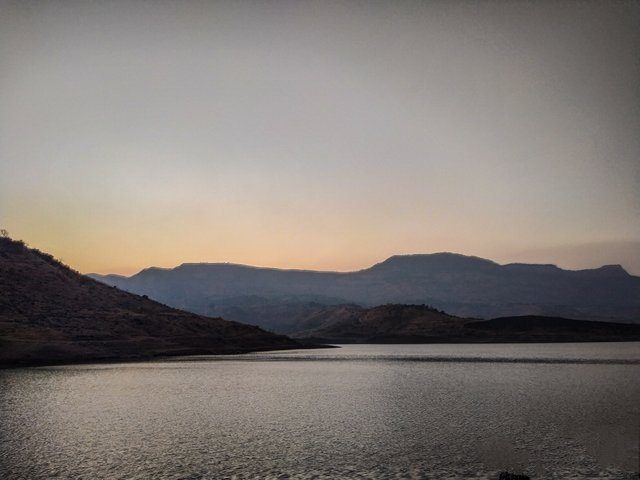
The backyard of my house, literally!
4 THUMB RULES FROM MY EVEREST EXPERIENCE:
As I learnt from the book ‘Training for the new alpinism’, 95% of your mountaineering workout should be done in Zone 1 heart rate which is 55% to 75% of your Max heart rate. This should be the standard for all the aerobic training. Keeping your heart rate in Zone 1 will help lay down a very strong aerobic base. It improves the hearts ability to pump blood and the muscles ability to use oxygen. Zone 1 can be the most difficult zone to train in as speaking from personal experience. It would feel quite easy to train in this zone and you might think it is not effective but you are wrong. Its not true that higher heart rate means better training. This is something all aspiring mountaineers need to engrain in their brains.
In mountaineering, the amount of time matters more than the intensity of training. Most of your training should be long duration and low intensity. Also zone 1 is the heart rate zone our bodies would be if you walk effectively in the mountains so your body needs to be used to working in this zone for a longer duration.
Only once or twice a week you should push your training to very high intensity, which is Zone 3, that too for not more than 15 to 20 minutes in a session.
Your legs should be like a horse’s leg. Super strong. Your efficiency in the mountains would depend upon how strong your legs are and how well-coordinated it is with your mind. Work on your legs a little bit extra.
I had been hiking since the last 8 years on and off and I already had basic fitness. I know my body and I understand my body. According to that, I made a progressive workout routine for myself after moving to my new mountain house. Below is my daily routine.
The routine-
My day used to begin at 3:30am in the morning with some pranayama (breathing exercises) and meditation. It is extremely important to have your mind in your control. I see in the world today, for 99% of the people, their minds and emotions control them and work against them causing all sorts of problems in life. We should be in-charge of our mind and emotions, the powerful faculties that makes us humans, otherwise nothing great will happen from within. A lot of clarity and composure is needed in mind and in our system in order to conduct the expedition and even life in general for that matter.
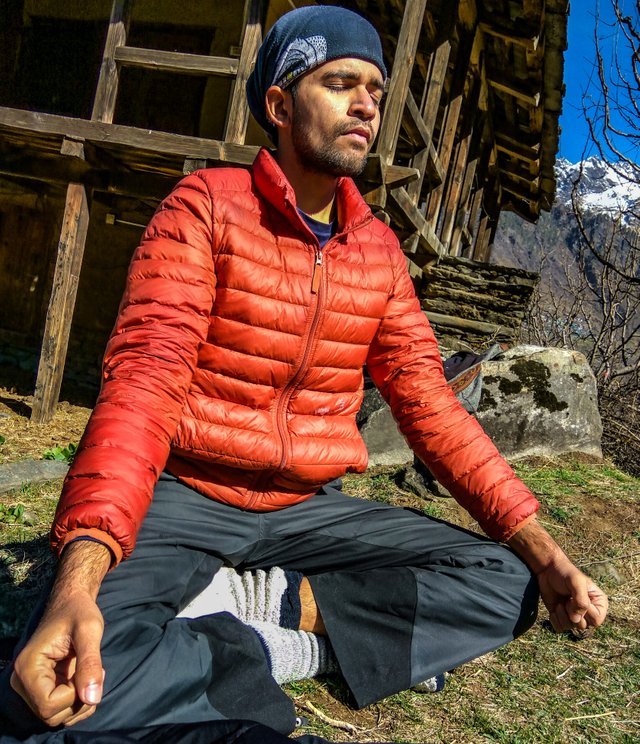
At 6am I used to leave my house for a long hike up to Matheran hills. This part of training was focused on building stamina and endurance by strengthening the heart and lungs muscles. It also worked on building lug muscle endurance and strength.
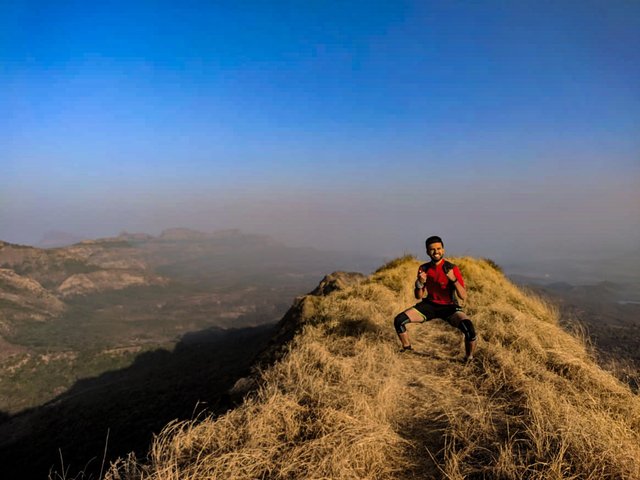
This morning hike used to be of two kinds mainly;
- With a heavy load on my back or a speed hike. For my loaded hike, I used to fill my rucksack with 25 kg of rock and water and smartly balance it out inside the rucksack
- And for my speed hikes, I used to go with a small bag and with things just as little as 500 ml of water and a couple of bananas.
BENEFITS OF LOADED HIKE:
With a backpack of 25kg, my focus used to be to keep my heart rate in zone 1. For me Zone 1 was between 120 to 150 BPM and the focus was to go as steadily as I can, maintaining proper form and go without stopping till I reach the top.
In my experience, this was the most important workout in my whole Everest training routine which was as close to the real thing as it could get for me here. Hiking with load is a very effective workout for strengthening your legs and the muscles builds according to how you need it in the mountains.
This workout lasted for 4 hours at least, with an elevation gain of 3000 feet and 3 times in a week.
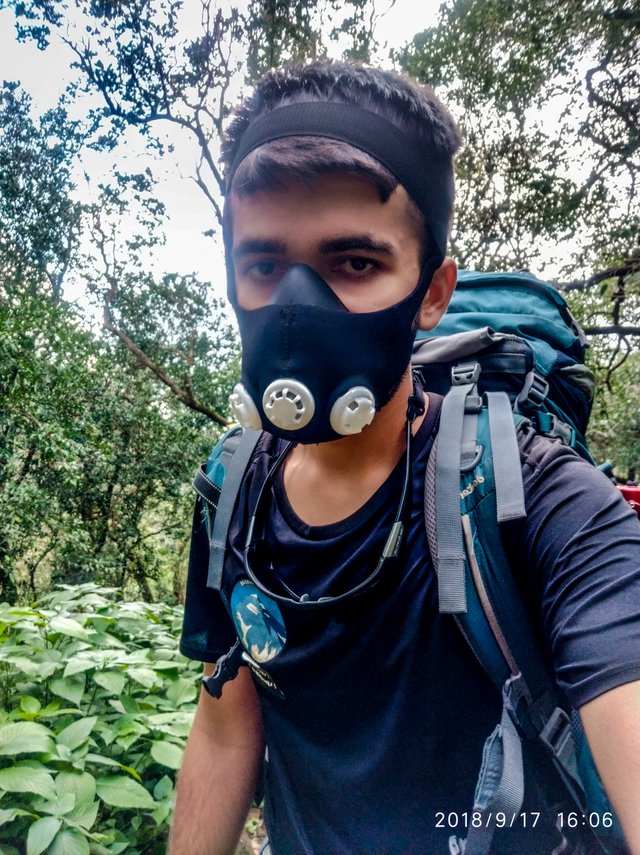
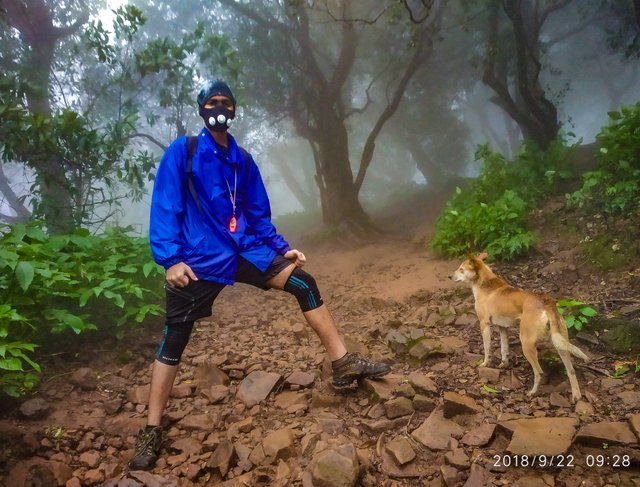
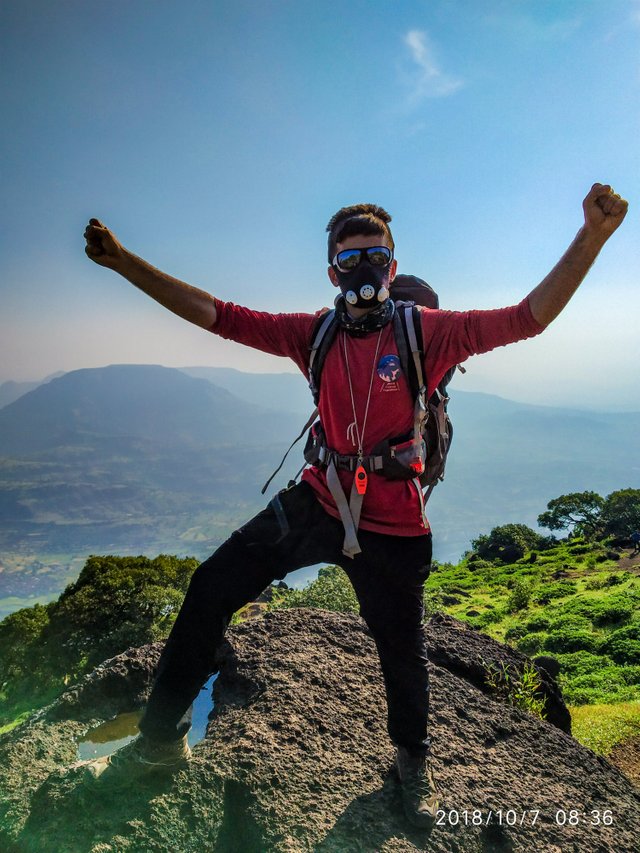
BENEFITS OF SPEED HIKING:
The idea here is to go as light, as fast, as quickly as possible. The heart rate used to be through the roof in this workout. This helps strengthen the heart muscles. Speed hike was done in a speed just short of jogging speed without any breaks till the top.
This workout used to last for 2 hours, with an elevation gain of 3000 feet, 2 times in a week.
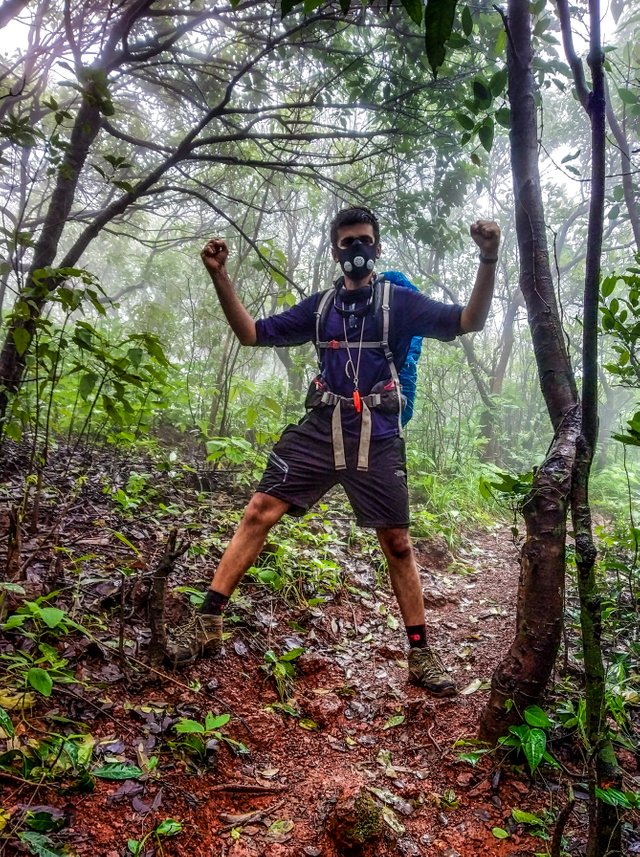
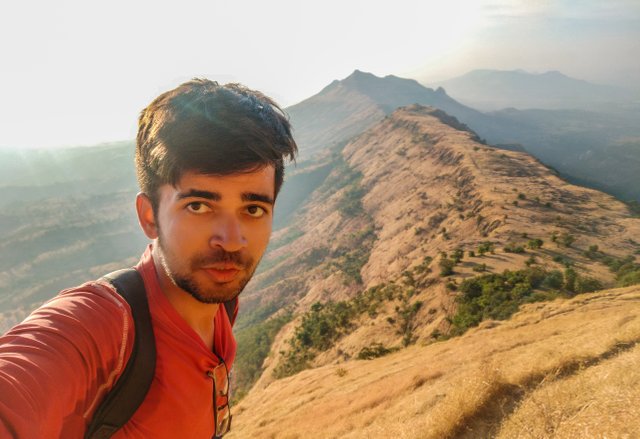
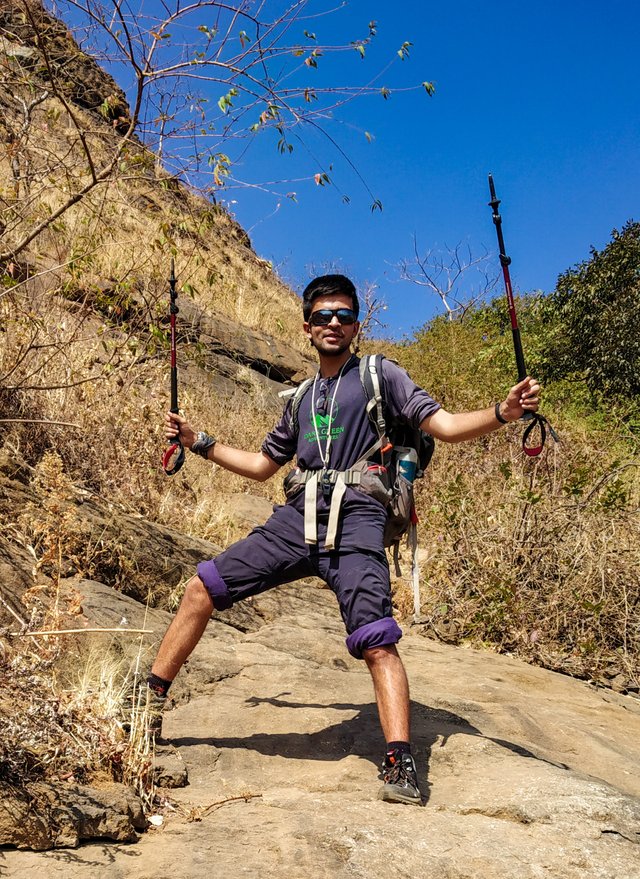
RESISTANCE MASK:
I used to also wear a resistance mask during both of these hikes. It is a mask one wears on their mouth and nose which looks like an oxygen mask. It limits the amount of air going in your lungs, making it harder to breathe thus making your lungs have to work a lot harder to function and in return increases stamina and lung capacity. And no, it DOES NOT simulate high altitude. It does not reduce the amount of oxygen going in. it just reduces the amount of AIR going in.
There has been a lot of debate whether this mask is useful. In my experience, it is an amazing tool to take your training to the next level. It helped me and I could see the improvement in my results after I started using it. I loved it because it forces you through breathe just through nose.
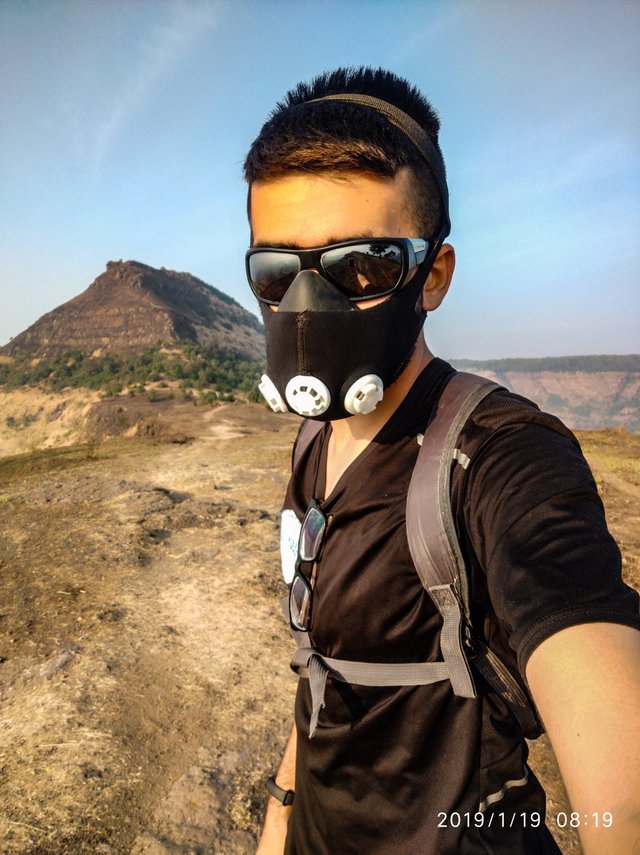
MUSCLE ENDURANCE AND STRENGTH TRAINING
In the evening, I used to go to a local gym to work on my strength and muscle endurance. For mountaineering, we don’t need a bulky body-building type body. There should be just enough muscle mass, lean body and muscles with a lot of endurance power. It should be able to function for longer duration.
My workout used to be focused on doing more reps rather than using more weight. This helps on increasing muscle endurance with just the right amount of muscle mass.
I used to do a lot of functional and cross-fit training under the guidance of a trainer.
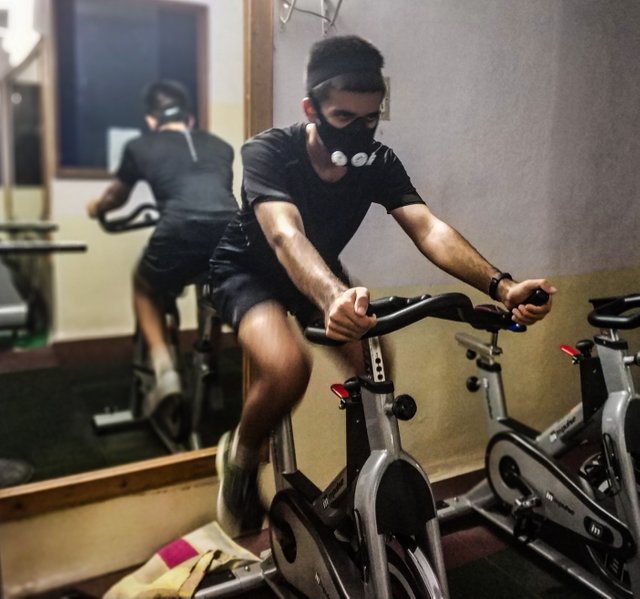
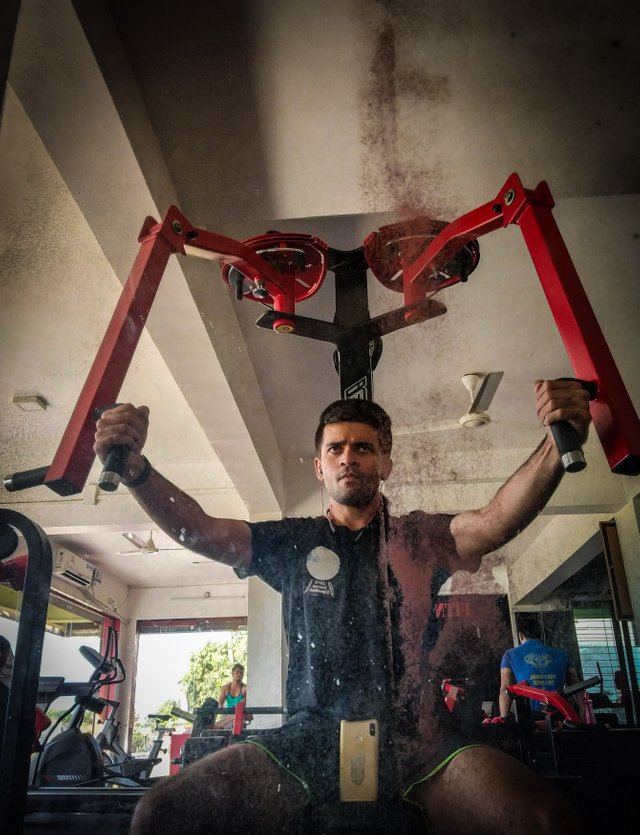
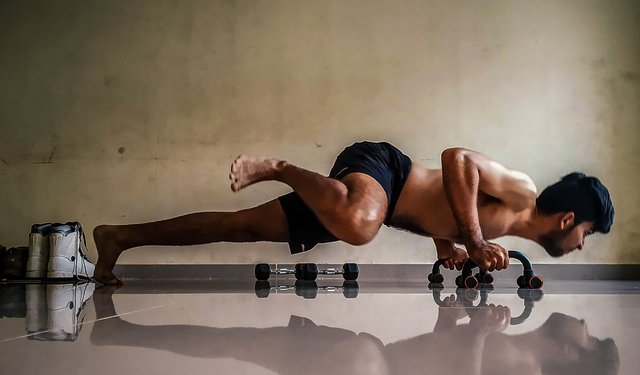
YOGA AND STRETCHING:
After coming back home from the gym, I did around 45 minutes of light yoga and full body stretching and a few foam roller exercises to relax my body from all the beating it went through the day.
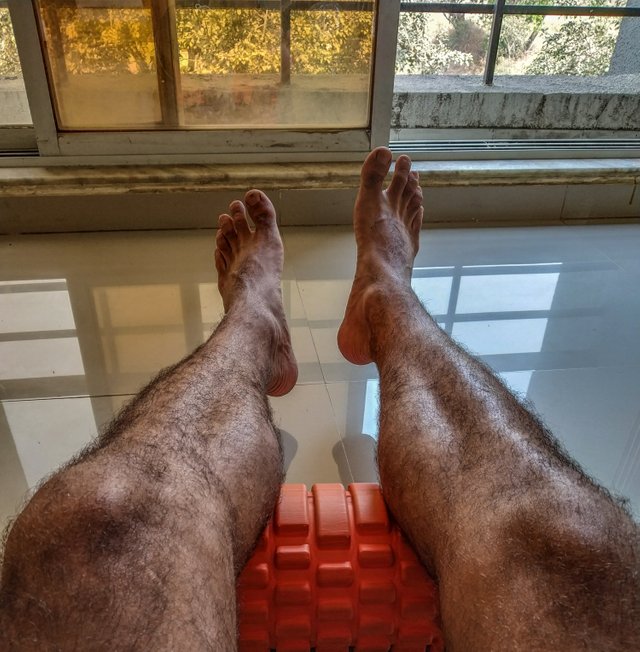
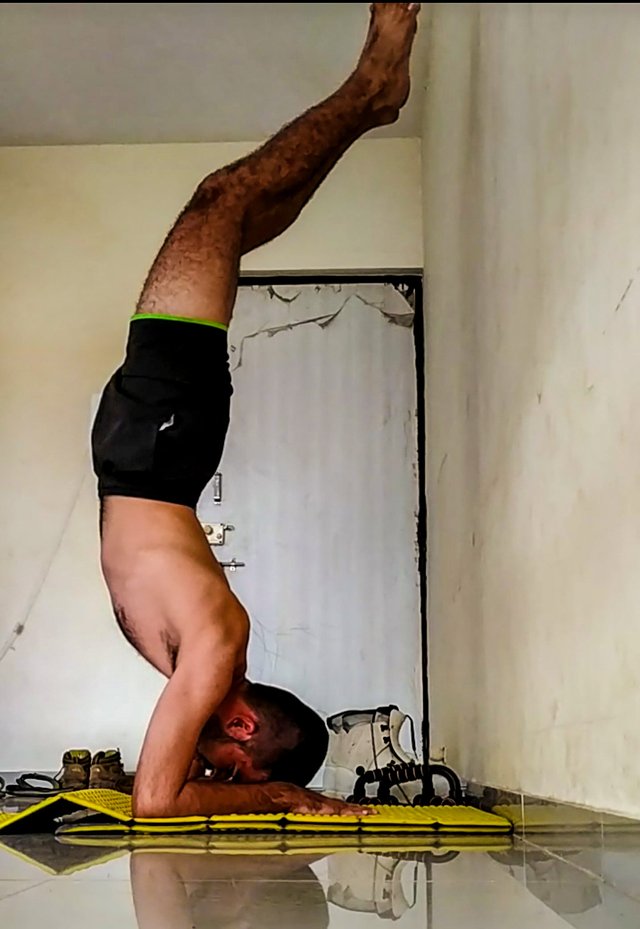
DEATH ZONE TRAINING:
When you are in the death zone, the area above 8000 meters, you can’t eat, you can’t drink water and you have to walk throughout the night, without a break in a sleep deprived mode. There is nothing that can prepare you for doing absolutely well at that altitude but I tried to simulate the training in the Sahyadri mountain ranges
Twice in a month, I did a very long hike of about 15 to 18 hours. This hike used to begin at 5pm and run throughout the night. The focus of this hike was to complete it without food, water, sleep and without stopping even for a minute. This somewhat prepared my body and my mind for the adverse conditions of death zone.
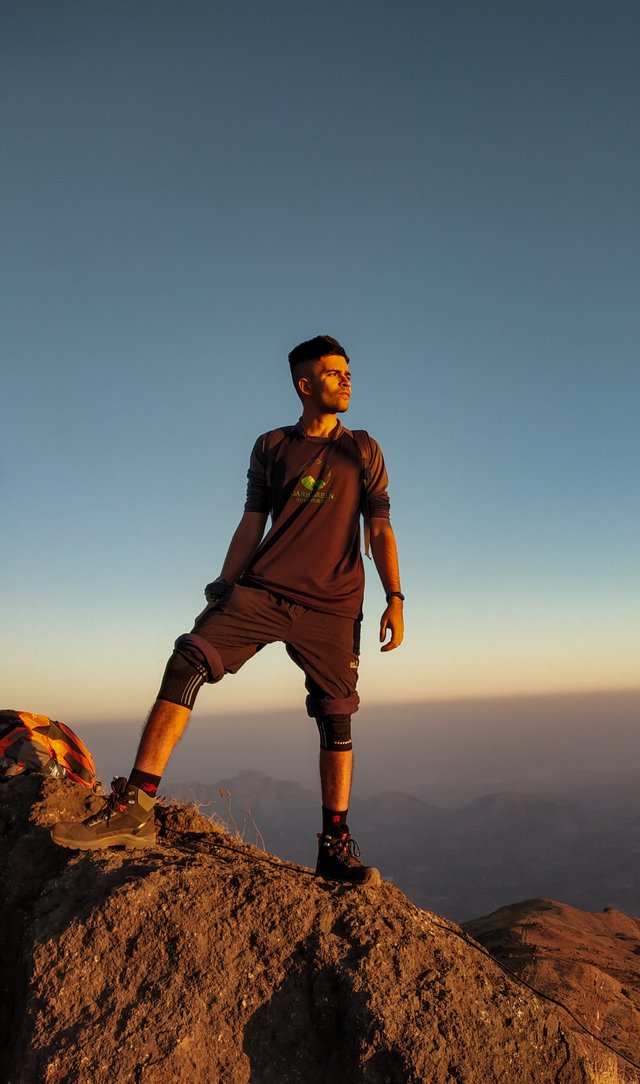
IMPORTANCE OF RECOVERY:
Recovery is the most important part of training. Yes, it is even more important than workout. Why? Because training makes you weak, recovery makes you strong. It is in the recovery phase that actually endurance gain and muscle gains happen. During the workout you are breaking your muscles down, in recovery the breakage fills with protein from the food we eat and this is when gains happen.
I used to work out 5 times in a week with 2 days of complete resting, sleeping and eating. It is extremely important to realize this truth that it’s best to take sufficient time off between training routine. Always pushing hard won’t do you any good, in fact, it will do much harm!
DIET:
I won’t tell you what to eat because I am not a nutrition expert but I will give you a tip which no one else will. If you are committed to get fit, do your research about food, understand your body and then make a diet plan. One needs a very silent observation within themselves to see what food reacts in what manner with your system. What I mean is, observe what happens after you eat something? How do you feel after eating it? heavy? Do you feel sleepy? Do you feel bloated? Is your system getting lethargic? How the energy level in your body are? How well did you sleep? How do you feel after waking up? Do you feel sleepy? Do you feel like a new born child after waking up? How well did you poop? Ask yourselves these questions and raise your awareness towards your food whenever you realise the importance of eating good food.
You become what you eat. Your body is the accumulation of food that you’ve eaten. Eat junk, you’ll become junk. All sorts of physical, mental and emotional problems WILL happen. Eat right and everything would go the way you want it.
For me, I don’t eat meat. My breakfast used to consist a lot of fruits, oats, eggs or cereals. Lunch used to consist 300 gram of steamed sprouts, mixed boiled vegetables, daal and brown rice. Dinner used to consist of raw vegetable with tasty seasoning. I didn’t take any kind of supplements.
There were no cheat days because I am a great cook and everything I made tasted good, at least to me. It is very important for any food to taste good otherwise at some point, no matter how disciplined you are, you will rebel. Keep your taste buds happy by being innovative with your food.
MOUNTAINEERING EXPERIENCE.
On Everest, I saw many people with alarmingly less mountaineering experience and these are the ones who have a higher chance of screwing up in higher altitudes and inexperienced climbers are a big problem on Everest every year.
One must at least do the mountaineering courses to understand the ABCD of mountaineering and spend a few years climbing a few 6000m and 7000m mountains. This is a bare minimum. If you can climb an 8000m before Everest; preferably Cho Oyu or Manaslu, it would really help you on Everest in terms of knowing what to expect as you will go higher. You have to understand how your body reacts to the high altitude and basic mountain manners before you think about Everest. People die on Everest. It’s a serious business. Just because you see a lot of people going up the mountain, do not think that anyone can do it. It is just as high as it always was, just as cold as it always was and just as dangerous. Lets be responsible about this and change this huge problem that Everest faces every year.
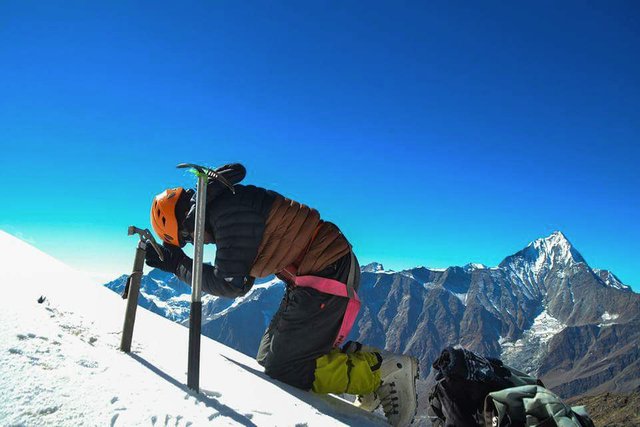
Thank you for reading this blog and in the next one, I will be talking about a very important aspect of Everest which was going on parallel to my training; the fundraising. The expenditure to climb Everest is immense the struggles to raise the funds were even bigger. I always say, fundraising was a bigger Everest than the real Everest. Stay tuned for the next blog! Cheers.
wow! thanks for sharing your journey with us man! the amount of discipline and determination you have for mountaineering impresses me man! stay passionate and safe out there man! love your post!
Excellent publication, it is impressive to see how there are still dedicated users like you, providing 100% unpublished content of high quality, and that they print a real value to your content, you really deserve this reward and even higher.
Another aspect that impressed me was the images, they seem like movies, how much I would like to live in a place with as much nature as in which you develop.
Greetings and I hope to read you soon with similar publications.
Congratulations @its.parth.hey! You have completed the following achievement on the Steem blockchain and have been rewarded with new badge(s) :
You can view your badges on your Steem Board and compare to others on the Steem Ranking
If you no longer want to receive notifications, reply to this comment with the word
STOPVote for @Steemitboard as a witness to get one more award and increased upvotes!
That is hard work I guess if I ever want to try this I will need a lot of practice but I really love reading about this seeing how far we need to push our bodies without pushing too hard it is a great read, what would the next adventure be? i'm sure it wont stop here
Awesome job? Have you summited Kilimanjaro yet? That would be easy after Everest!
I've thought about doing the trek to Everest base camp. Would you say that is a fairly achievable and lower risk goal (rather than summiting)?